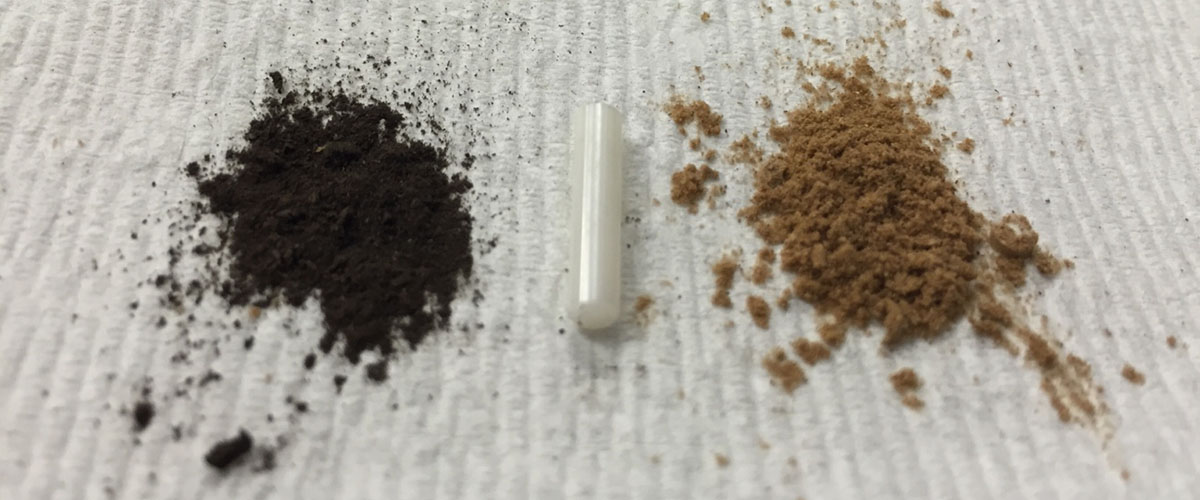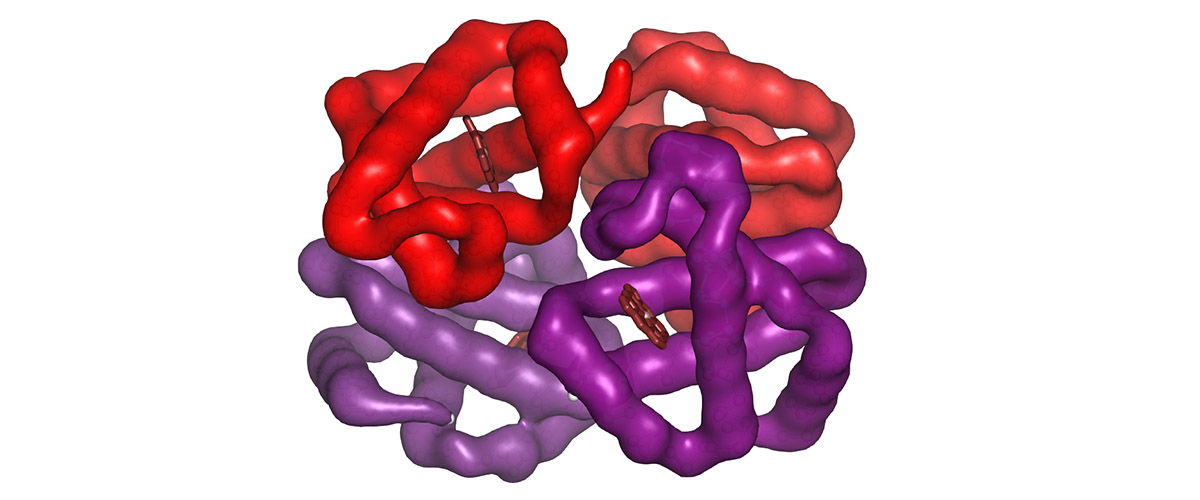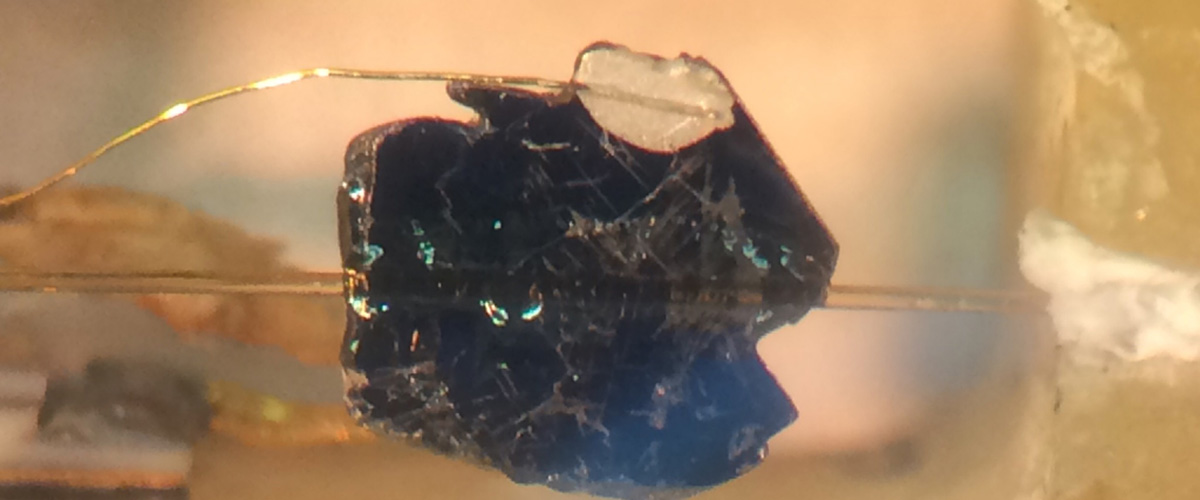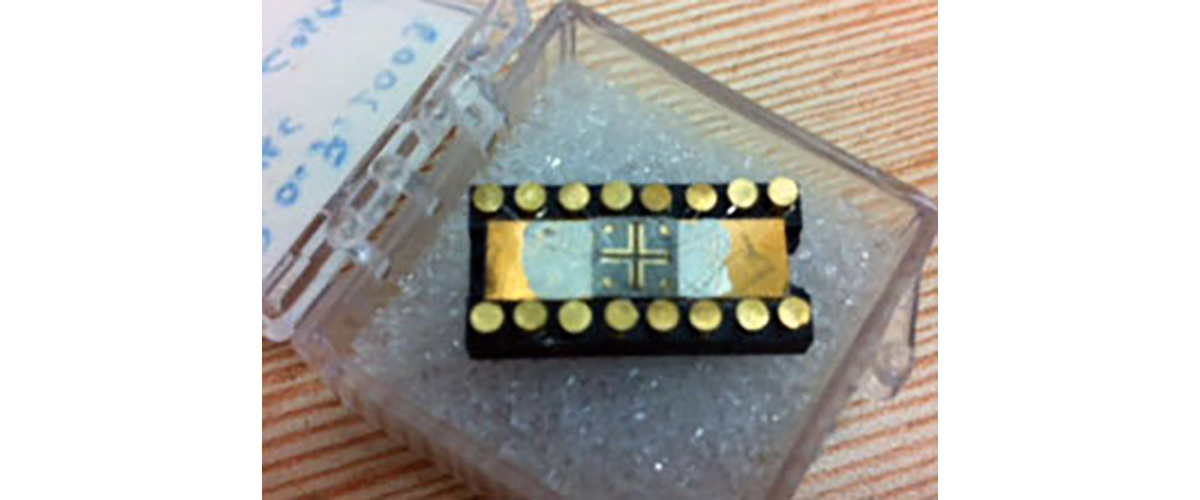
Curious scientists put all sorts of things in our magnets. Find out what they are and why you care.

Why are scientists putting a mouse in the MagLab's magnets? A scientist is developing an MRI technique to detect kidney disease that lights up the org…

ICR technology helps identify new kinds of hemoglobin abnormalities.

A scientist combines high magnetic fields with ultra short laser pulses to probe the mysteries of photosynthesis.

The intriguing structure and properties of a uranium alloy hold clues about some of the most interesting and promising materials studied by physicists…

With the help of the world's strongest MRI machine, a scientist uses a novel technique to pinpoint ground zero for a migraine.

One of the best tools for testing new materials for the next generation of research magnets is a MagLab magnet.

Looking for clues on climate change, a scientist digs up the dirt on peat from around the world.

Two researchers play with nanostructures in a fun, fertile physics playground: the space between two things.